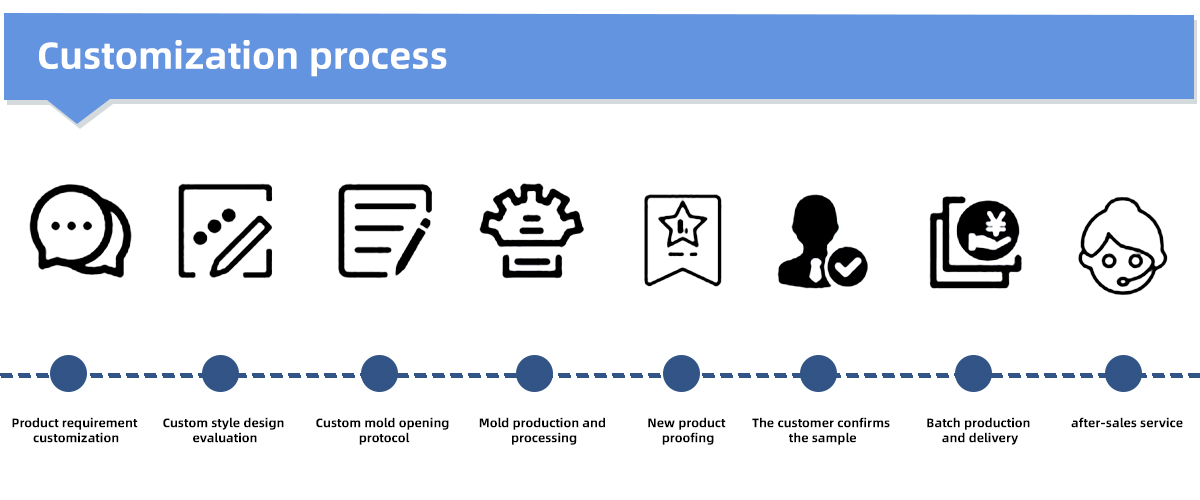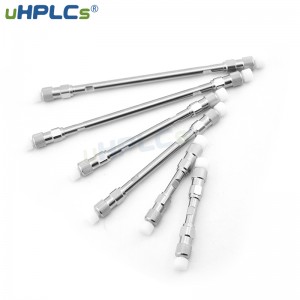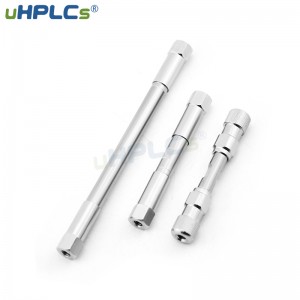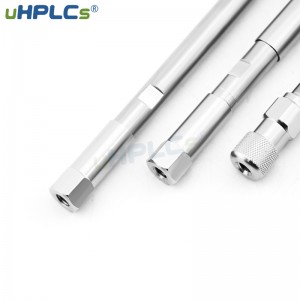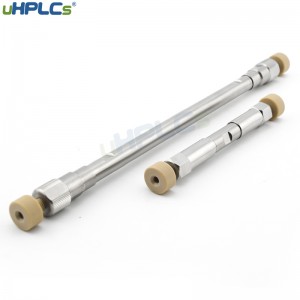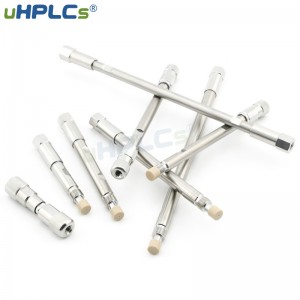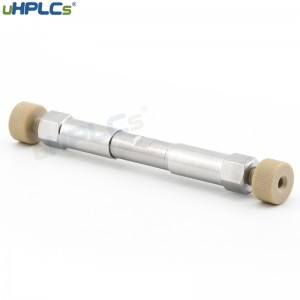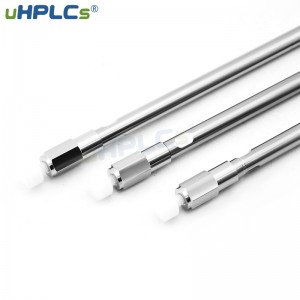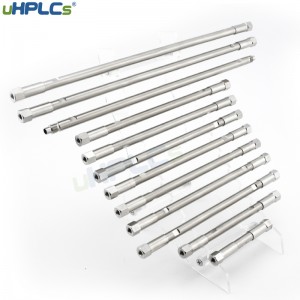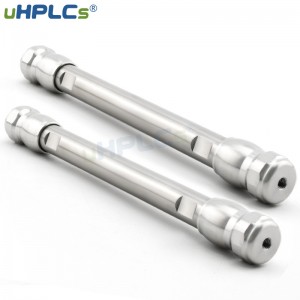Amino NH2 HPLC Column, 5 µm, 250 x 4.6 mm (analytical) normal phase
Amino NH2 HPLC Column Features and Applications:
- Strong polarity allows for both positive and negative use, and amino functional groups provide retention allowing analysis of polar compounds under normal phase elution conditions
- Can analyze organic compounds in monosaccharides and polysaccharides/olefins/aromatic hydrocarbons with acetonitrile and water
- In low pH buffers, the amino phase becomes weakly anion-exchangeable, allowing the separation of some negatively charged molecules
Parameters:
Bonded phase: aminopropyl
Particle size: 3μm, 5μm, 10μm
Aperture: 120Å
Specific surface area: 320m²/g
Carbon loading: 4%
Sealing: yes
pH stability: 2.0 to 8.0
The Usage of NH2 Column
The bonding functional group amino of the NH2 column is easier to hydrolyze than the C18 and C8 groups. First of all, you should know the short service life for the NH2 columns, especially in reversed-phase conditions. The lower the pH value, the more likely hydrolysis will occur. The higher the proportion of water in the mobile phase, the more likely hydrolysis will occur. Therefore, it is important to clean and keep the NH2 column in organic solvent after use or when preparing for long storage.
When using the NH2 column for acid analysis (sugar analysis), the presence of acid implies the presence of protons. Protons may protonate the slightly negatively charged amino functional groups, which may cause a change in retention properties or a decrease in column efficiency for some analytes after the column has been used for some time. It is recommended that the column be rinsed with a 50:50 v/v acetonitrile-water solution containing 0.5-1.0% NH3 at 5-10 times the column volume. After rinsing, wash off the excess ammonia with a mobile phase that does not contain a base. A slight addition of ammonia (e.g., 0.1%) to the mobile phase is recommended for the analysis of such acidic analytes.
Amino NH2 HPLC Column, 5 µm, 250 x 4.6 mm (analytical) normal phase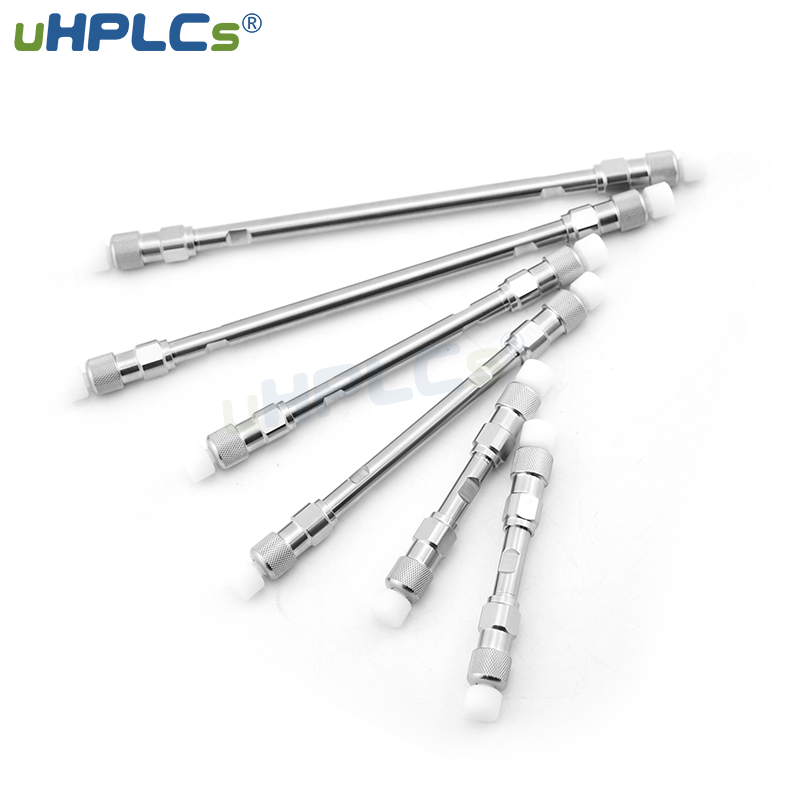
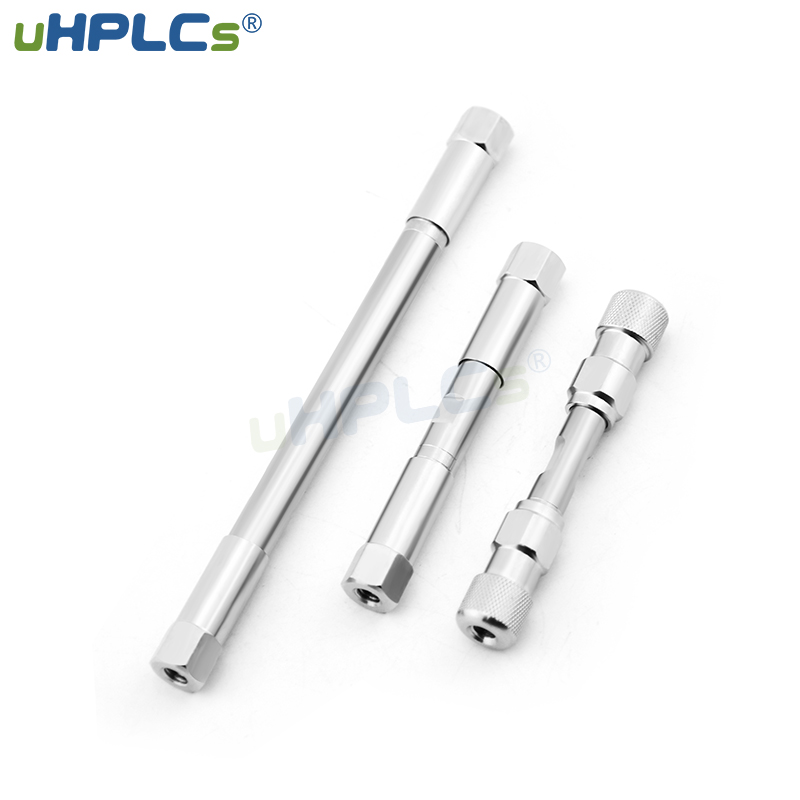
uHPLCs HPLC and UHPLC columns meet today’s demands of fast U/HPLC, LC-MS, and biopolymer separation, as well as regulated pharmacopeia and agency methods within various industries.
FAQ
1. When the amino column is fed with acidic samples, the column is very damaged. If it is used for a period of time, the column efficiency will decrease and the peak shape will change. How to restore it?
- The amino column is used to measure acidic samples, and the HILIC mode of the amino column should be used. The presence of acidic substances may protonate the slightly negatively charged amino functional groups, resulting in changes in the retention properties of certain types of analytes or a decrease in column efficiency after a period of use. Suggestion: wash the column with 5-10 times the column volume of acetonitrile-water (50:50) solution containing 0.5-1.0% NH3 (after washing, of course, use an alkali-free mobile phase to wash away excess ammonia), and then, when analyzing such acidic analytes, it is recommended to add a small amount of ammonia, such as 0.1%, to the mobile phase.
2. If the column is removed from the LC system for a period of time, is there any protection required?
- For general reversed-phase columns, that is, put them in pure methanol (acetonitrile) or about 80% methanol (acetonitrile) water after washing, and then plug the two ends of the column with plugs to avoid volatilization of the preservation solvent. Then do special protection.
3. Can you explain in detail how to backflush the column without connecting the detector?
- Backflushing is the reverse connection of the column into the system. Because, if there are pollutants recoiled out, of course, the detector is not connected, and the liquid outlet can be directly connected to the waste liquid bottle.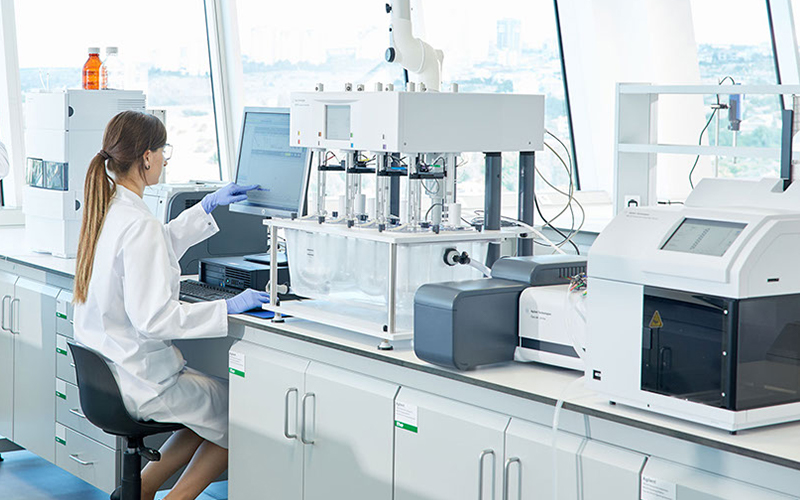
uHPLCs special services:
1. All columns will be tested before delivery and a column efficiency report will be provided.
2. Column loading service is available.